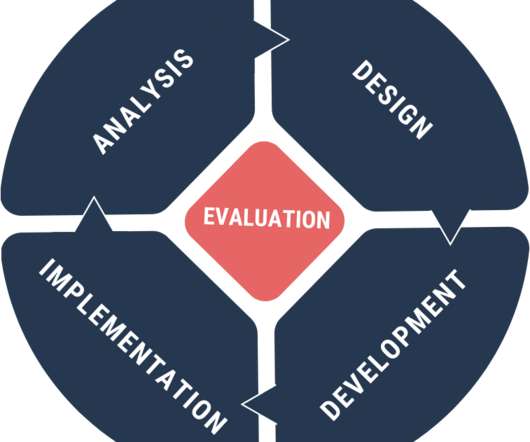ADDIE: A 5-Step Process for Effective Training & Learning Evaluation
Watershed
DECEMBER 5, 2019
In our previous blog post, we explained the challenges associated with learning evaluation. Simply put, when training isn't properly designed with specific goals in mind, it's nearly impossible to actually evaluate effectiveness or impact on overall organizational goals. What is ADDIE? Five Steps of ADDIE Explained.



























Let's personalize your content